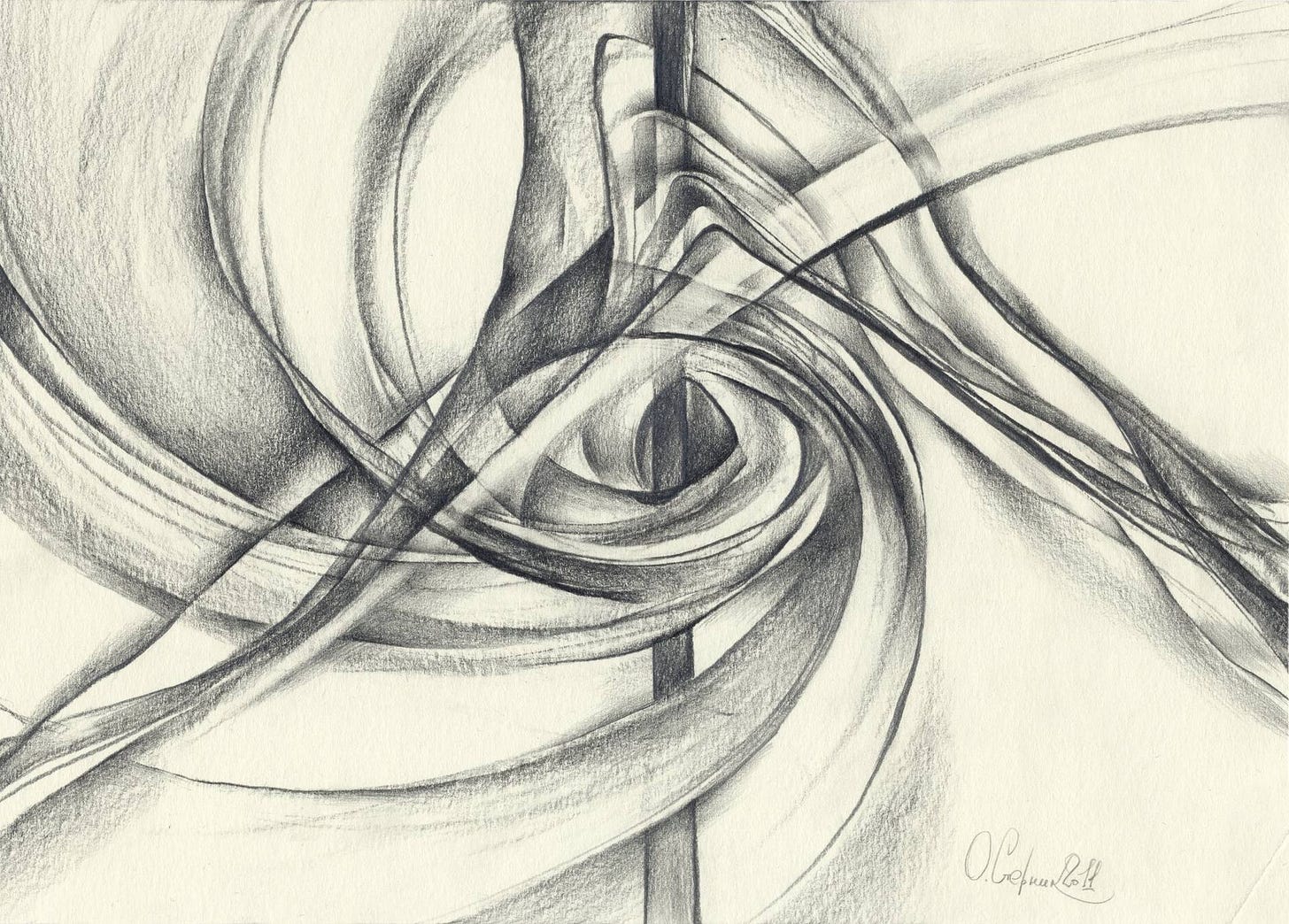Lithography at the limits of physics
Five fragments for the week of June 2, 2025

Hello to June, and hello to a new chapter: today is my first day at Gamma. Joining my friends here to build tools for imagination together is a dream come true.
From a dreamy place, here are five fragments that stuck with me last week…
What if I gave the AI somewhere secret to write about its feelings?
Would it feel scripted? Would it give me any actual insights into how the model was working? Would it help the model be more productive? Would it believe that the journal was actually private? Would the model even use a diary?
There was one way to find out.
– Jesse Vincent, “Dear diary, today the user asked me if I’m alive,” Massively Parallel Procrastination, May 28, 2025. Sent to me by Andy Coravos, who rightly identified it as Diagonal-core. Vincent’s observation is that “many of the most effective folks I know journal obsessively,” so he wondered if giving an LLM (Claude, in this case) “an outlet to process one's innermost thoughts and feelings” would work. As an obsessive journaler myself, I loved this.
it is really funny to me that in 40 years of software evolution no one has been able to dethrone PowerPoint
maybe arranging visuals on a stack of blank pieces of imaginary 'paper' is ideal in some primitive way
– Jack Morris on X, May 26, 2025. Can’t wait to tackle my own personal white whale at Gamma. (See also.)
Even today, you learn about the latest and weirdest chip fabrication techniques and like: it’s still lithography: making marks on stone. Exotic lithography, sure; lithography at the limits of physics, yep; lithography that trespasses into the third dimension, absolutely — but all printing does that! Contact makes this case convincingly.
Anyway: everybody’s always talking about chips, and I guess I just want to insist, they are more than anything else PRINTED, and the print in all its incarnations is this deeply, endlessly fascinating human artifact. One of the top ten. Top three.
– Robin Sloan, “Everything is printing,” May 1, 2025. This appreciation post for Contact: Art and the Pull of Print is brief but so good. Concretely, it led to me watching all of the documentary Graphic Means in the wee hours of the morning today when I couldn’t sleep due to excitement. (Previously.)
I’m somewhat bearish on AI voice mode for this one reason:
phones in human2human comms evolved from voice-first to text-first. If voice mode were clearly superior, why did we all move to text?
text: async, private, ADHD-friendly
voice: reqs 4x the attention, default public
– Fabian Stelzer on X, May 26, 2025. Along the same lines: so many people I respect absolutely love Wispr Flow for voice dictation, but it’s so hard for me to figure out the use case…I for sure type faster than I talk, but I could be missing something. One thing I do notice (now that I’ve been using ChatGPT Advanced Voice Mode to run lines for my acting class) is that I find it much more natural to “correct” an LLM with voice than in text.
To explain: David Croy once told me that at a previous job, there was one tape drive and multiple systems that used it for backups. But instead of some high-tech exclusion software, they used a low-tech method to prevent multiple simultaneous backups: a stuffed pumpkin. No one was allowed to make backups unless they had the “backup pumpkin”.
– Chip Salzenberg as quoted in the Perl version 5.18.2 documentation, published 2014. Discovered via Jesse Vincent’s Wikipedia page, where I first encountered the phrase “keeper of the pumpkin” and clicked through to this explanation. The documentation continues: “The holder of the pumpkin is sometimes called the pumpking (keeping the source afloat?) or the pumpkineer (pulling the strings?).”
Until next time,
Diana
https://dianaberlin.com


